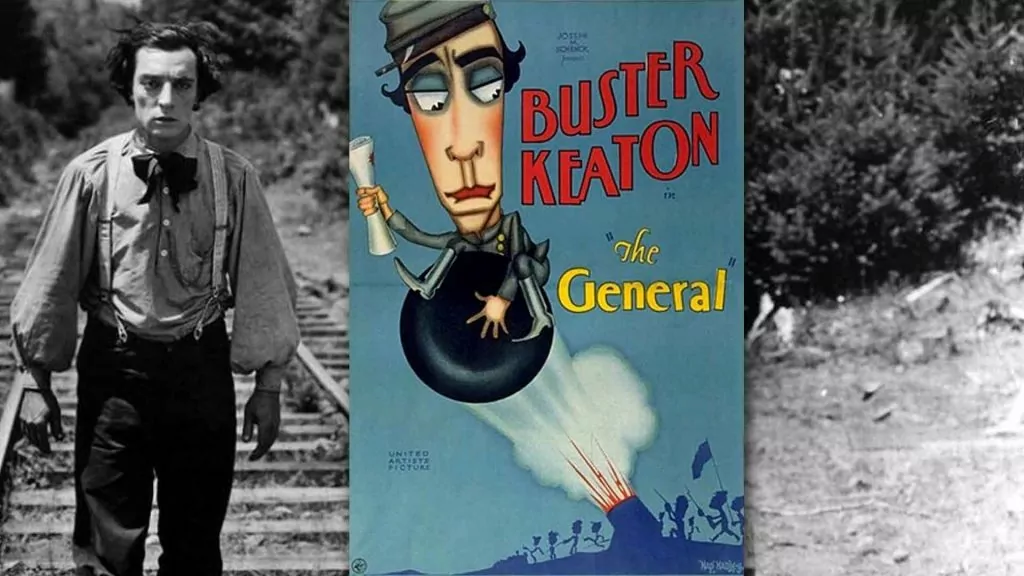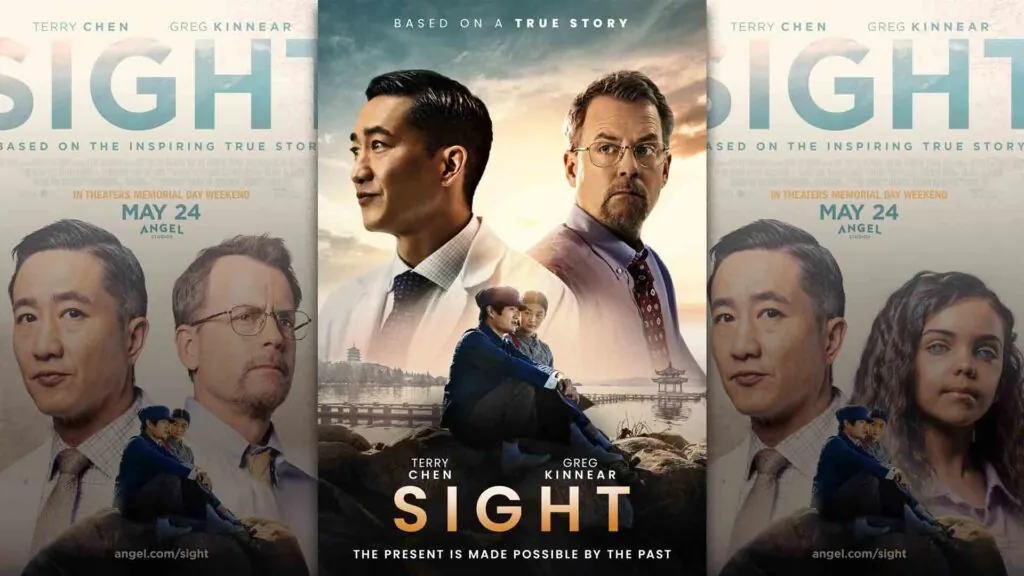Silent / Comedy
56 min; 1922
Rating: 7/10
While Charlie Chaplin and Buster Keaton are still famous today, there were actually three comedic stars of the silent film era. The largely forgotten Harold Lloyd was every bit as popular at the time, and with many of his films now entering the public domain and free to view online, he may have a chance of being so again.
In Grandma’s Boy, Lloyd plays a mama’s boy twice over, too timid to stand up to the town bully even when that bully is trying to steal his girl, and so cowardly he’ll rely on his little old grandmother to come to his rescue when a big burly tramp threatens him.
That protective grandmother has surely contributed to his cowardice, but she’s also determined to help fix it. When the tramp she chased off starts robbing stores and shooting at the townsfolk, the sheriff deputizes a posse to go after him. Grandma’s boy is deputized too, but he ends up running home in terror. That’s when grandma intervenes. She concocts a story about a magical charm that will protect anyone who holds it, then passes off what’s actually her umbrella handle as that charm. The now fearless young man grabs a firm hold of it and takes charge, braving car chases, gun battles, and fist fights to get his man.
Cautions
The magical charm is the supposed creation of a witch, but as is made clear at the film’s end, there was no witch, and thus no magic, and the boy’s superstitious belief was nonsense. Children might need to be told that despite the good result, grandma’s “little white fib” was still wrong. The only other warning would be not to mistake this for the crass 2006 film of the same name.
Conclusion
Acting in the silent film era was intentionally overdone, because the actors had only their body language and facial expression to communicate with. For a modern audience, that means all the acting comes off as over-acting, and that’s quite the flaw in a drama. However, it isn’t the same problem in a comedy like this, where the overacting can just add to the hilarity.
Another problem with older films is that the pacing is far slower than we’re used to today. That’s a flaw that YouTube can help fix. Just click on the settings (the little gear icon at the bottom of the frame) and change the playback speed from “normal” to 1.5 times. That’s something you couldn’t do in a talking picture, but for silent films it is a great option, sure to improve the experience for most audiences. What’s a little long at 56 minutes becomes a unique experience of cinema history when it is just 39 minutes.
My kids came in at about the halfway mark, stayed to the end, and gave what they saw two thumbs up. But even with that positive feedback I knew this one wouldn’t cut it as a family movie night selection when none of them asked to see it again from the start. This is best appreciated as the educational experience it is, a time travel trip to see films as they used to be.
Watch it for free below or by clicking here.












